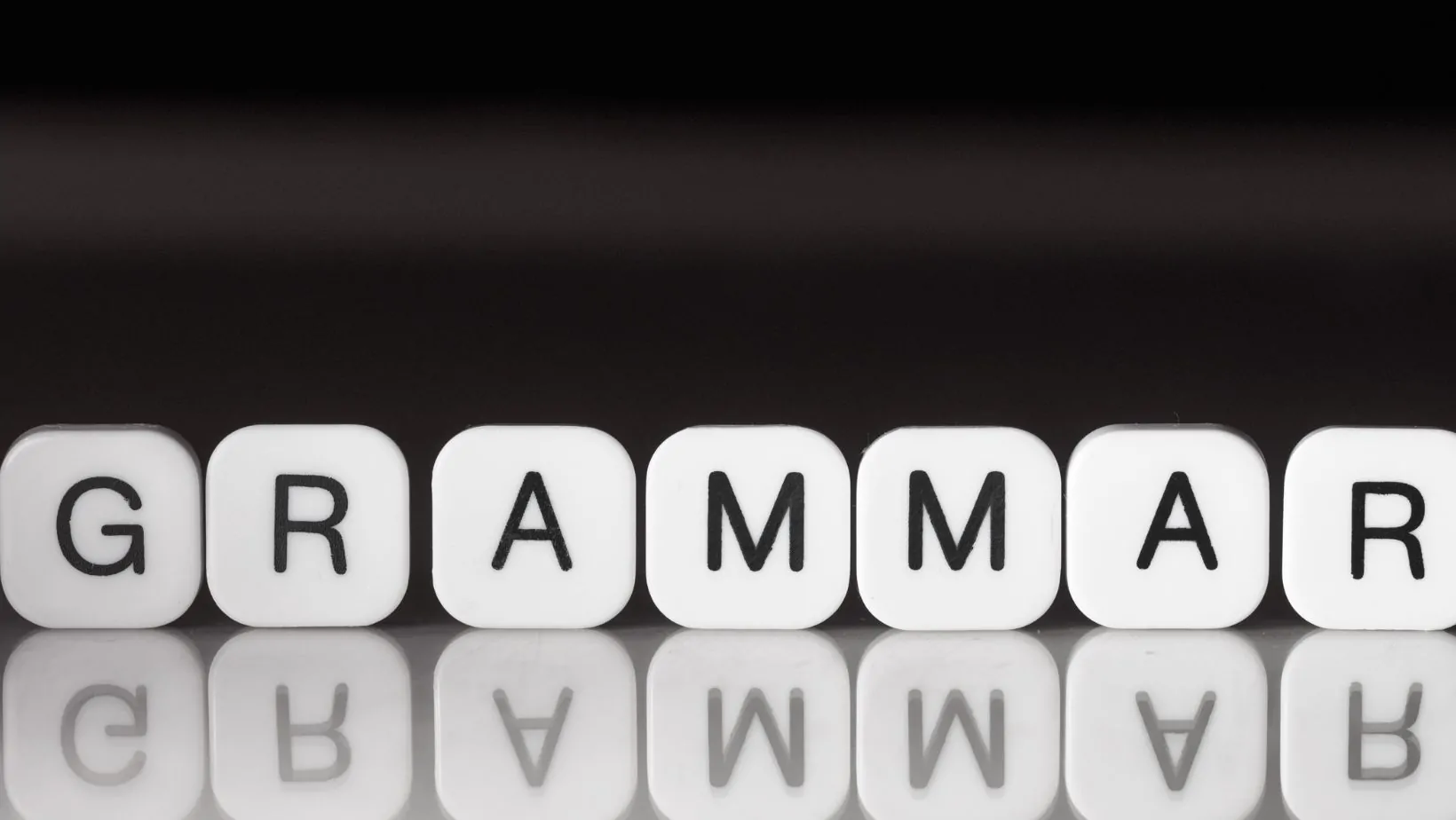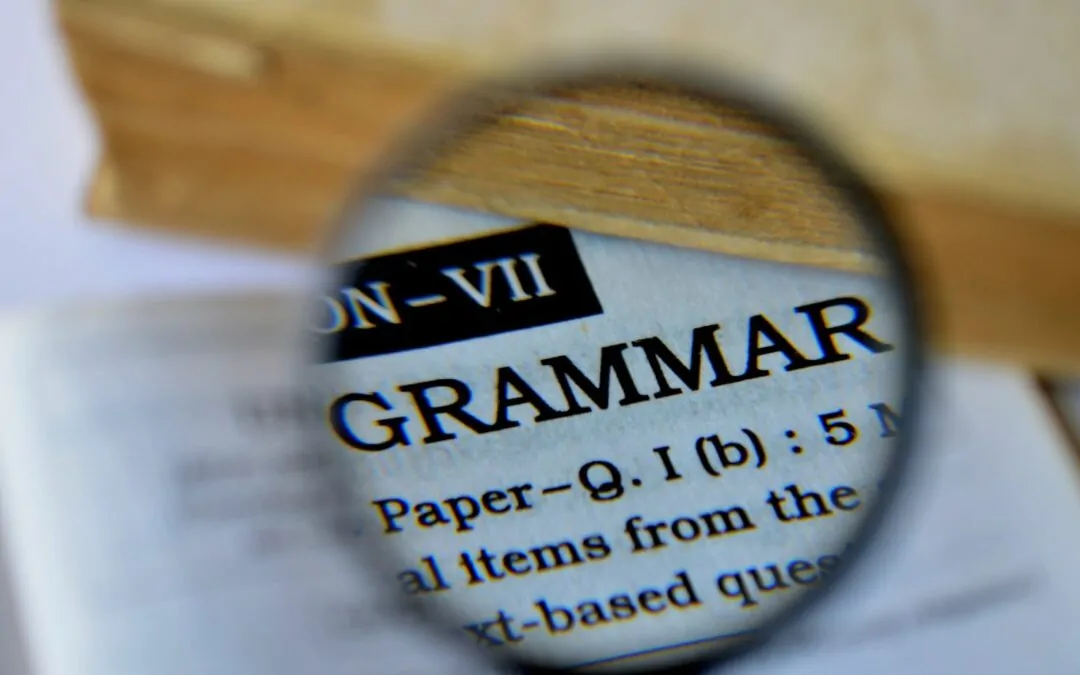Which Sentence Uses The Underlined Word Correctly?
When it comes to mastering English grammar, one of the most common challenges I’ve observed is understanding how to use certain words correctly in a sentence. Many times, we find ourselves asking, “Which sentence uses the underlined word correctly?” This question isn’t just about being grammatically correct—it’s also about making sure our message is clear and effective.
In this quest for clarity and correctness, I will be your guide. We’ll dive into examples that illustrate proper usage of various words in different contexts. By the end of our journey, you’ll have a better grasp on how to discern which sentence uses the underlined word correctly, enhancing your overall language proficiency.
Let’s not forget that using a word correctly in a sentence isn’t just about grammar rules—it’s also about understanding its meaning and nuances. The same word can convey entirely different messages depending on where it’s placed or how it’s used within a sentence. That’s why examining “which sentence uses the underlined word correctly” becomes significant; it’s more than just ticking off grammar checks—it’s part of communicating effectively.
Check out our next post for more amazing content!
Understanding the Use of Underlined Words
When we’re talking about language and grammar, it’s crucial to understand that words have different roles depending on where they are in a sentence. The underlined word is often used as a teaching tool to highlight these differences, ensuring that learners can answer the question: which sentence uses the underlined word correctly?
Take for instance, the word ‘run.’ It can function as both a verb and a noun. If I say, “I run every morning,” ‘run’ functions as a verb. In contrast, if I say “I went for a run,” ‘run’ is now serving as a noun.
Now how does this relate to our question: which sentence uses the underlined word correctly? Here’s where context plays its role. Context allows us to determine whether or not an underlined word is used correctly.

For example:
- The cat runs across the floor.
- The cat was given plenty of runs.
In Sentence 1, ‘runs’ acts as an action verb depicting what the cat is doing – running across the floor. On Sentence 2 however, ‘runs’ doesn’t make sense because cats aren’t typically given runs; they go for runs or have runs of good luck.
Let’s try another pair:
- She decided to take her dog for a lead.
- She clipped on her dog’s lead before they left home.
Sentence 1 misuses lead because people don’t usually take their dogs for leads; instead they use leads (leashes) when taking dogs out for walks – precisely what Sentence 2 conveys with correct usage of ‘lead’.
To sum things up:
- Look at how an underlined word fits within its sentence
- Understand its meaning in that particular context
- Check if it aligns with standard English usage
By doing so you’ll be well equipped to identify sentences using their underlined words correctly!
Let’s wrap this up. Understanding the correct use of underlined words in sentences isn’t just about grammar rules – it’s also about clarity and precise communication. When we ask “which sentence uses the underlined word correctly?”, we’re really asking, “which sentence communicates its intended meaning most accurately and clearly?”
I’ve found that reading extensively can help us develop an intuitive sense for correct sentence construction. It’s like muscle memory for your brain! But there’s no harm in using a detailed guide or tool to double-check your work, especially when you’re still learning.
Remember that language is fluid and ever-changing. What was considered incorrect usage decades ago might be acceptable now, and vice versa. It’s essential to stay updated by regularly revising English grammar rules.
My name is Andrea Thompson and I’m a home based freelance writer. I’m 23 years old, married to my best friend, and mother to a wonderfully independent and opinionated 3 year old girl and step-mother to a sweet seven year old boy. I live in a tiny, little town in Kentucky, where I spend my free time fishing with my kids.
Writing has always been my passion, which I followed through high school, and for a while in college. Life happened, and once I discovered we were pregnant, I switched directions; opting for the healthcare industry because of the stability.
Finally, years later, I was in a place where I could leave the day job that never truly made me happy, and pursue my dreams. I’ve built, and am still building, my writing career from scratch. But, I’m passionate and I’m good at what I do. And, in the end, I can prove to my daughter that she can do anything she wants with this life.





